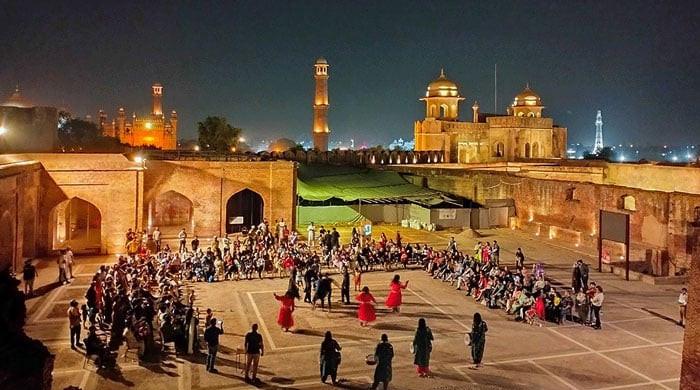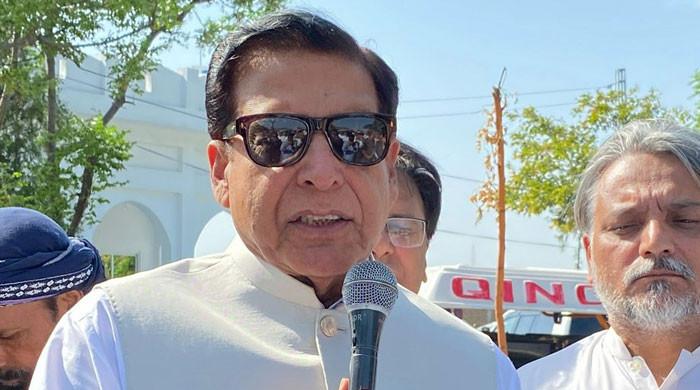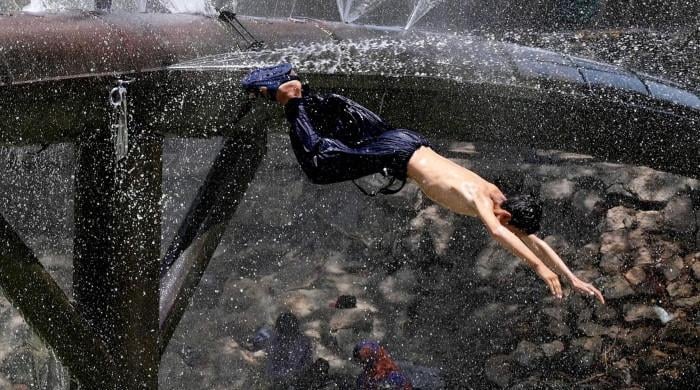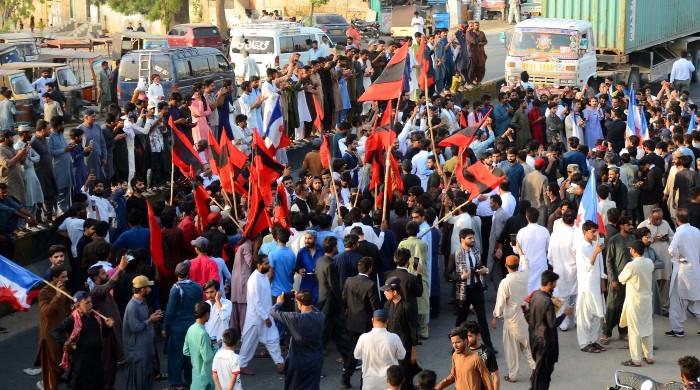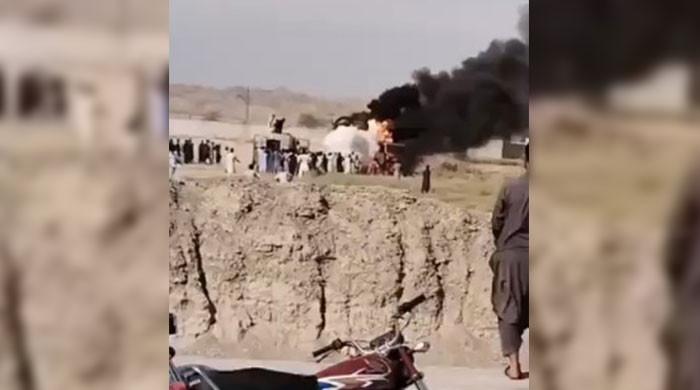PML-N vs PTI: What factors could shape the by-polls?
Journalists covering polls predict close race for control of Punjab Assembly in all 20 constituencies, writes Nadia Malik
July 15, 2022
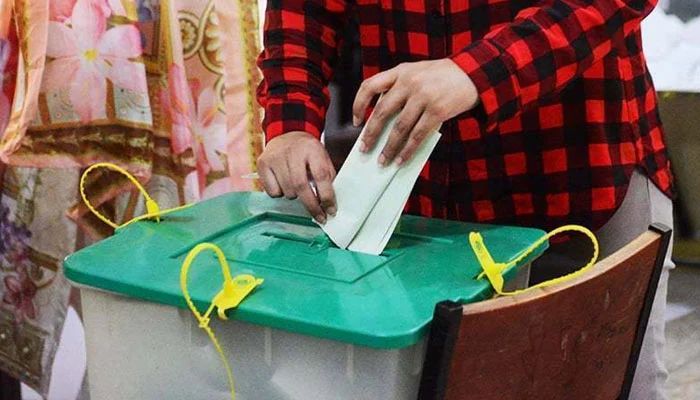
Punjab is smack-dab in the middle of a political race, which could prove vital in determining the fate of rival political parties, PTI and the PML-N.
If Imran Khan’s PTI wins enough seats in the election, it could easily oust PML-N's chief minister Punjab Hamza Shehbaz. That is primarily why it is critical for Hamza Shehbaz to hold on to his seat.
The Sunday by-polls won’t be an easy run for either party. Journalists covering the polls predict a close race for control of the Punjab assembly in all 20 constituencies.
So, who has the ingredients in place to sweep the polls? Here are some factors which could influence the race:
Pakistan Tehreek-e-Insaf
Advantages
- Another campaign theme the PTI is focusing on is that almost all PML-N candidates are “turncoats” (lotas), who recently switched from the PTI to the PML-N.
- Former prime minister Imran Khan has put up an impressive show at election rallies. He seems to be galvanizing the PTI voter.
- There is resentment amongst the youth regarding inflation which the PTI could exploit to its advantage. There are in fact seven constituencies out of 20 that fall in urban or semi-urban areas, where between 30,000 to 45,000 new voters have been added since 2018. In urban constituencies, voters usually vote for political parties rather than individuals. If PTI can get these young voters on its side, it could prove to be a turning point for the party.
- In some constituencies, the PTI has awarded tickets to candidates who already have a considerable vote bank. In PP-97 (Faisalabad), PTI’s candidate is Ali Afzal Sahi who lost with only 4,000 votes in the 2018 election from this constituency. Similarly, PTI’s candidate in PP-273 Muzaffargarh, Yasir Khan Jatoi, belongs to an influential clan.
- PTI’s leadership has been seen running door-to-door campaigns in the four constituencies of Lahore.
- The Sunni Ittehad Council and Majlis Wahdat-e-Muslimeen (MWM) are supporting PTI in a few constituencies.
- Candidates who poll third or fourth in the 2018 election from these constituencies are also siding with the PTI. For example in Sheikhupura, Tayyab Rashid Sandhu has joined PTI. In 2018, Sandhu got over 22,000 votes in PP-140 and polled in third. Similarly in Sahiwal an ex-MPA, Hafeez Akhtar has joined the PTI.
Disadvantages
- This time around PTI seems to have restricted funds and resources to conduct election activities.
- It is also difficult for PTI to claim that all the defecting MPAs won in 2018 due to PTI, as out of the 20 MPAs, around 11 won independently and later joined the PTI.
- By-elections held in Punjab from 2018 to 2021 were mostly secured by the PML-N.
- It is unclear if the voters in Punjab are satisfied with the performance of the PTI government, which is rarely being talked about in the party’s rallies.
Pakistan Muslim League-N
Advantages
- At the moment the PML-N is in power in Punjab and can use state machinery to its advantage. In the past few days, the Election Commission has also sent notices to ministers and ministers of state for campaigning, which is in violation of election rules.
- In the last week, the PML-N seems to be taking its election campaign seriously as four of its ministers, one federal and three provincial, have resigned to go on the stump. Maryam Nawaz Sharif has also been holding large public gatherings in each constituency.
- The PML-N has awarded the tickets to electables, who already have a vote bank. In addition, the PML-N also has its own voters in these constituencies as well.
- Announcements before the polls such as the reduction in petrol prices and free electricity to those consuming less than 100 units could benefit the PML-N.
- As we have seen in the past by-elections in Punjab as well as the cantonment board elections, the PML-N has been able to maintain its vote bank in the province, despite being out of power for over three years.
- The Pakistan People’s Party and other Pakistan Democratic Movement parties are supporting PML-N candidates.
Disadvantages
- In some constituencies, politicians who were PML-N candidates in 2018, and were refused a ticket this time, are running as independents. This could divide the PML-N vote bank between the party’s official candidates and those who are disgruntled. For example, in PP-83 Khushab, Malik Asif Bha was the PML-N’s candidate for PP-83 in 2018. He polled the second-highest votes in the constituency back then. This time he is contesting as an independent. The situation is similar in PP-228 Lodhran.
- The rise in the cost of living and inflation could dent the PML-N vote bank, especially in urban areas.
- The PML-N campaign has no clear or effective campaign narrative.




